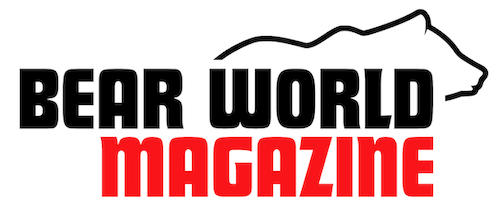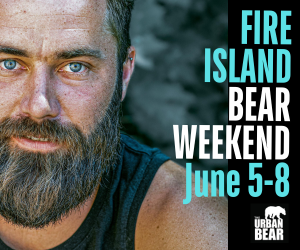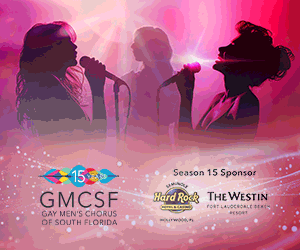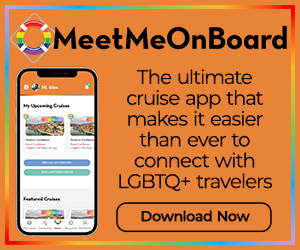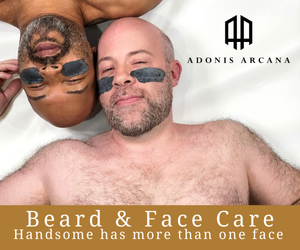Meet Tyler Doupé, Co-Editor of Queer Horror: A Film Guide
Queer horror lovers rejoice! There is a brand-new book that compiles a list of 900+ films from the subgenre with a synopsis, capsule review, film credits, and historical context/ analysis for each film. Now available for preorder, Queer Horror: A Film Guide will be shipping later this month. And the best part?! (Well, for us anyway.) The book was co-edited by two bears: Tyler Doupé and Sean Abley!
The duo had lots of help in bringing this massive project to fruition. They were joined by six other LGBTIA identified journalists, writers and filmmakers including:
• Calpernia Addams (LGBTQ filmmaker, historian, entertainer)
• Molly Henery (the Uterus Horror blog)
• Alan Kelly (Rue Morgue magazine contributor)
• Daniel W. Kelly (Boys, Bears and Scares blog, horror novelist, Bear World Magazine Contributor)
• Brian Kirst (Big Gay Horror Fan blog)
• Michael Varrati (Midnight Mass podcast, filmmaker, Fangoria’s Chainsaw Awards producer)
All brought their unique expertise and perspective to this wonderful book that covers queer horror leading up to and through the Hays-Code era of Hollywood (1934-1968), which required queer content to be sub-textualized, all the way to the modern day. Each writer has a chance to shine, and the book is absolutely enriched by the inclusion of so many different and talented voices.
As for Tyer Doupé, not only did he co-edit the book but he contributed 150 of the entries. A true expert in the field of horror, he works as the managing editor for Wicked Horror and as a staff writer at Dread Central. His work has also been featured in Fangoria, Rue Morgue, Scream: The Horror Magazine, The Fandango Movie Blog, SyFy Wire, ComingSoon.Net, and more.
Check out our conversation with him below and then be sure to check out our feature with his co-editor Sean Abley HERE. (Also, for Los Angeles readers, the two editors will be holding a book signing at Dark Delicacies on August 24th along with contributors Calpernia Aadams, Molly Henery, Brian Kirst and book cover artist Brendan Haley!)
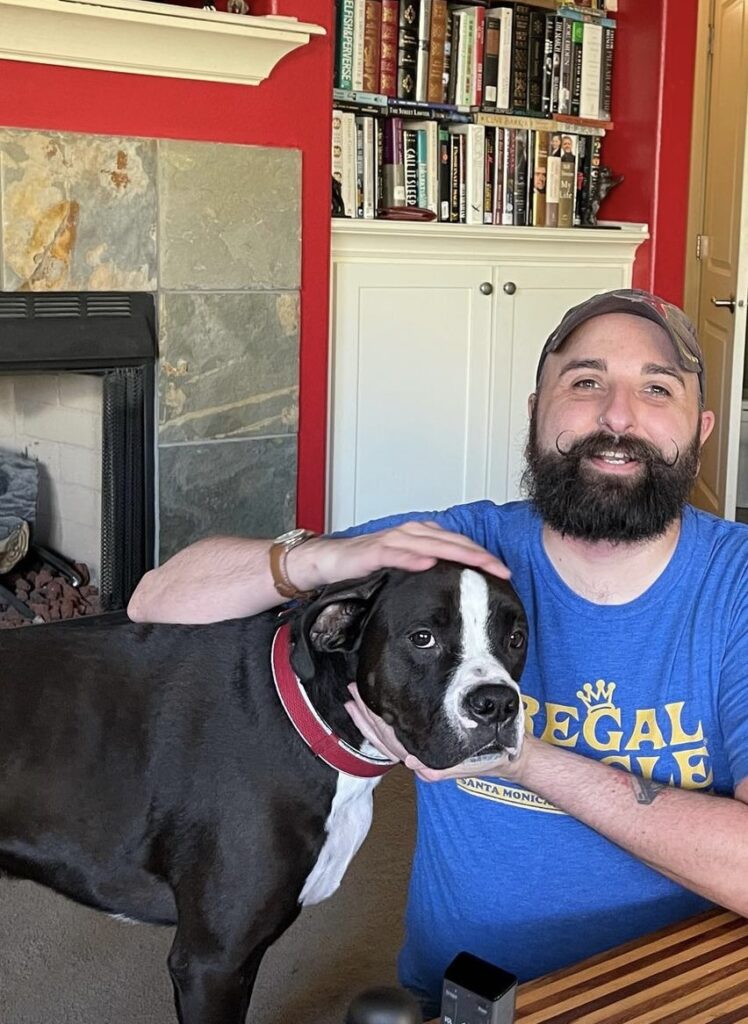
John Hernandez (JH): How did you go about assembling the team of journalists who contributed to this book and how did you decide which movies each person would cover?
Tyer Doupé (TD): Most of the team was already assembled when I came on board. I did recruit Molly and was involved with bringing Calpernia into the fold. They each bring a unique perspective and I was so pleased they both agreed to participate. Working with the team of writers on this book has been a pleasure. So many different viewpoints and writing styles.
As far as contributions, we worked with a master document containing all the titles we intended to cover. From there it was first come, first served. That allowed everyone to choose the films they most connected with and wanted to write about, rather than assigning titles that might not have resonated.
JH: Why is it still important to include queer coded horror and subtextual queerness into an examination of the subgenre when queerness can be explicit nowadays?
TD: Thanks for asking. This is one about which I feel passionately. As you know, LGBTQIA representation wasn’t at all commonplace until more recently. Having a gay character on the TV series Soap was controversial. Featuring gay cast members on The Real World was groundbreaking. We have had to fight for representation. Queer people looking to see themselves onscreen had to look to films featuring gay subtext or characters of ambiguous sexual orientation to see any semblance of themselves for many years. So, as small as that seems, it had a massive impact on members of our community who looked for validation and representation in the media and had to rely on scraps.
JH: Using relatively well known horror films can you cite an example(s) of good and bad queer representation in horror.
TD: I like the way the queer lead in Contracted ( 2013) Is depicted. Her sexuality isn’t a big piece of the narrative. It’s just a part of who her character is. And that film came out at a time when representation was still pretty hit or miss. The queer representation in Full Moon High doesn’t rank as highly. The gym teacher is a grossly exaggerated stereotype. With that said, so is everyone else in the film. So, I don’t read it as hateful. Just not ideal. There are surely worse examples. But that is the first that comes to mind.
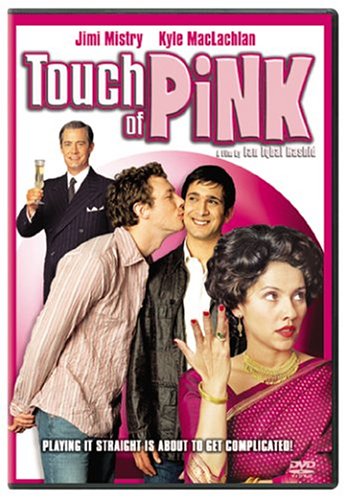
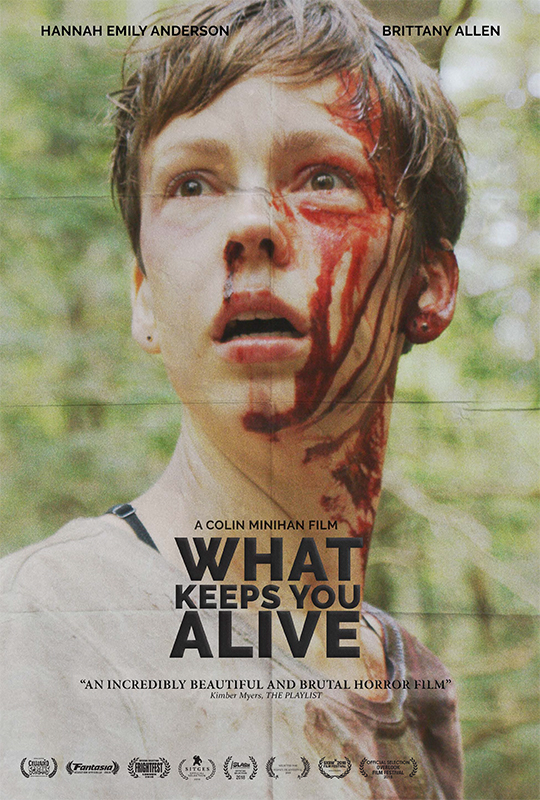
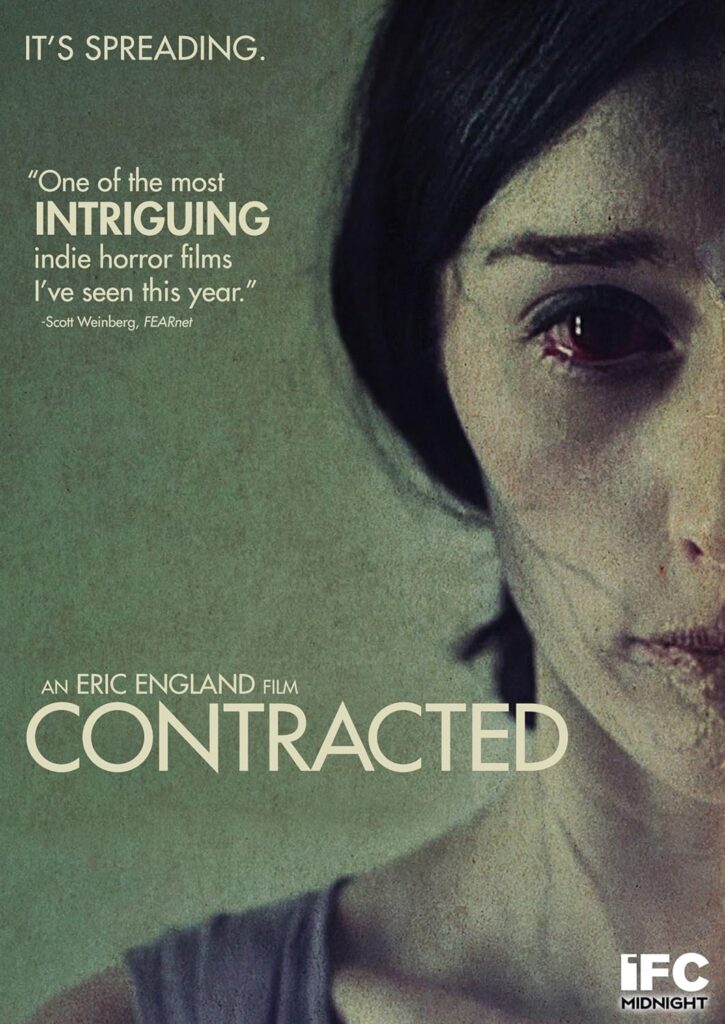
JH: What is your favorite subgenre of horror and what movies are on your must-see list? Please give us some queer titles but feel free to include non-queer ones as well.
TD: Like a lot of horror fans who grew up in the ’80s and ’90s, I love slasher films. There’s a nostalgic comfort in them. I also really love home invasion. It’s likely the horror sub-genre most firmly rooted in reality. Home invasions happen. The idea of a zombie outbreak or a supernatural killer who stalks a campground is slightly less plausible. The notion that stories similar to the one at the center of Bryan Bertino’s The Strangers have actually happened makes it feel less safe and more immersive. That one is definitely on my must-see list.
Longlegs Is a more recent must-see. I love Nicolas Cage. And I love it when he plays a role in a way no other actor could. This was one of those. The killer could very easily have been a caricature. But Cage made him terrifying.
One of my most favorite queer horror films is What Keeps You Alive. That movie is so intense. It’s like a 90-minute anxiety attack. It’s sooo good. And it’s covered in the book!
My favorite queer film (outside the horror genre) is Touch of Pink. That picture features a great love story at its core and Kyle MacLachlan as the ghost of Cary Grant.
JH: What are some of your favorite horror films featuring bears? And are they covered in the book? Who are some of the hottest bears in horror in your opinion?
TD: Ryan Reynolds gives bear energy in The Amityville Horror. I dig it. Not the movie, but his bear energy. Kurt Russell is at his most bearish in The Thing. He was such a fox back then. He’s still a handsome man today. Neither of those have a strong queer vibe, so they are not in the book. It’s not a film, but Bruce Campbell is in his bear era in Ash vs. Evil Dead and I dug both him and the series.
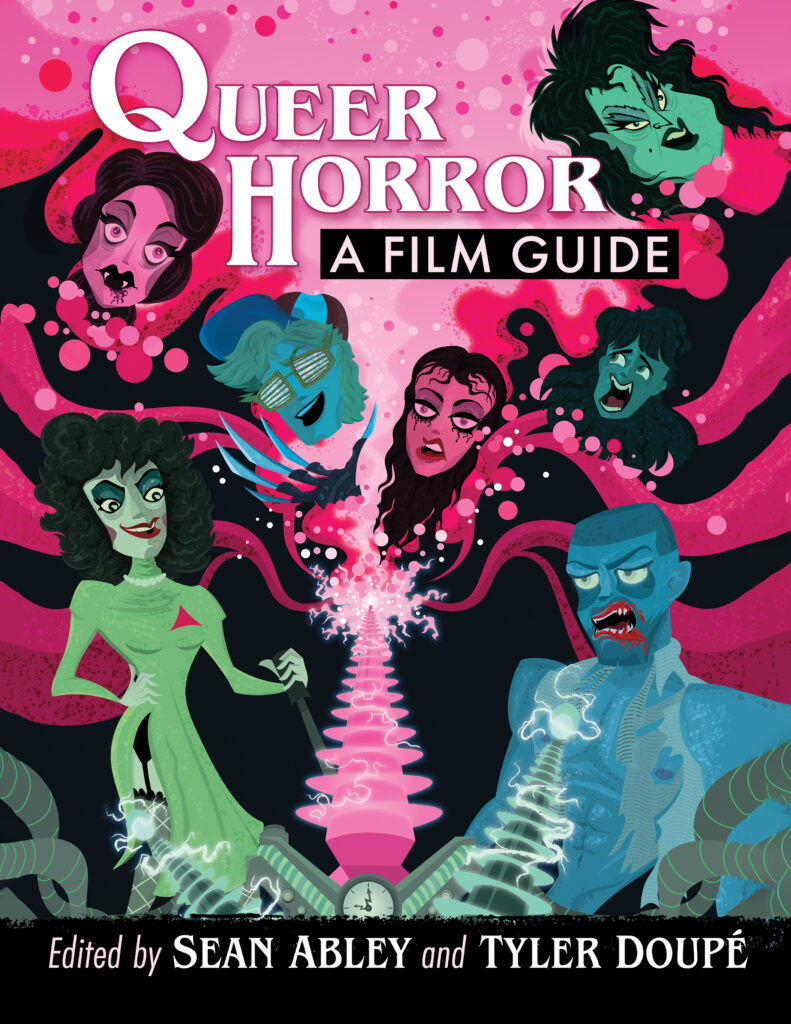
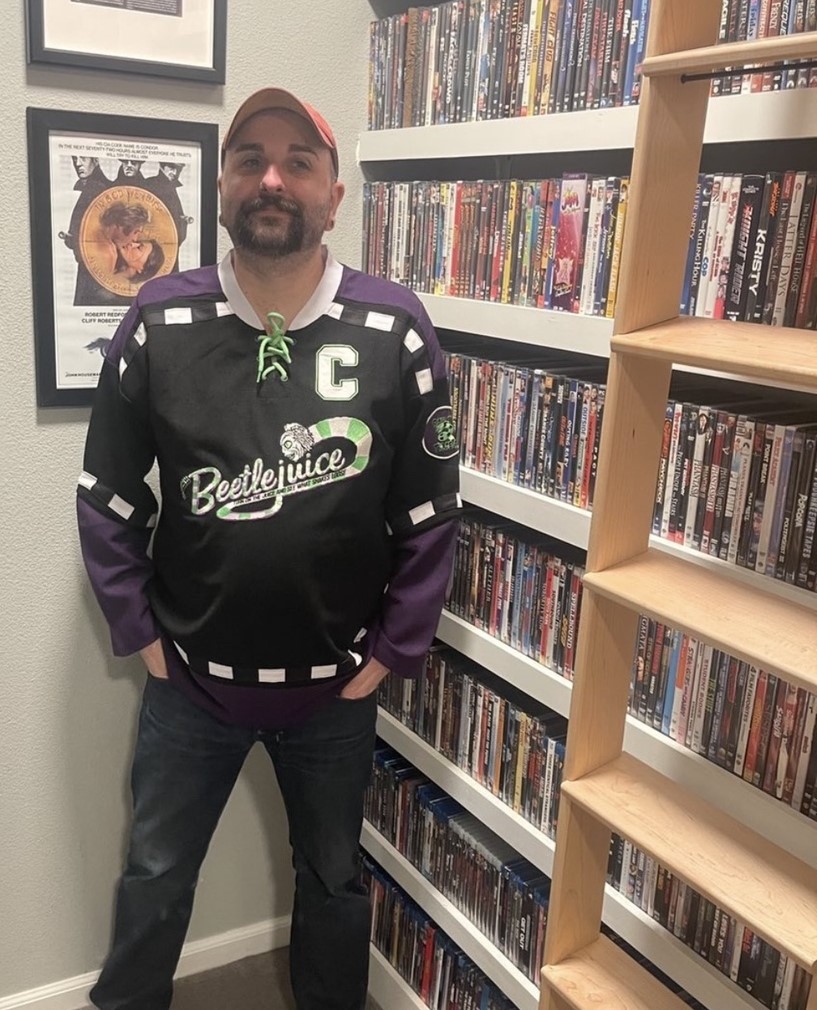
JH: What are your views on the depiction of bigger-bodied people in general in horror? Do you think we will see more fat-positive portrayals in the genre at large?
TD: We need more of that type of representation. The world consists of people of all shapes and sizes. We are slowly beginning to see more diversity represented in media and I am glad. It’s long overdue. I hope representation for different sizes will improve as the world continues to become a more inclusive place.
JH: In your opinion how can queer representation in horror be improved upon from where we are now? Or are we in an ok place for the time being?
TD: I think there’s probably always room for progress. But my main takeaway is that I’m grateful to have a seat at the table. I’m glad that kids growing up today can see a more diverse world reflected in contemporary media. That’s so important to the young mind. Seeing an absence of people like you is scary and makes a person wonder ‘What’s wrong with me?’
JH: For fun- What movie scared the crap out of you and made you fall in love with horror. What are your top 3 of all time?
TD: One of the earliest horror films I remember seeing is The Gate. It was on during the Saturday morning cartoon hour when I was a youngster. I vividly remember Glen’s parents coming home and promptly turning into goo. His dad says something like, “You’ve been baaaaaad” before he melts. I was absolutely floored by how cool that was.
My top three. Geez. It changes a lot. Halloween (1978) is a perennial in my top three. The Strangers might be in there. And maybe The Descent. I also really love Italian horror. Argento’s Suspiria and Inferno are both very high on my list and either might make the cut on a given day. I’ve tracked down and blind-bought so many gialli on Amazon and eBay.
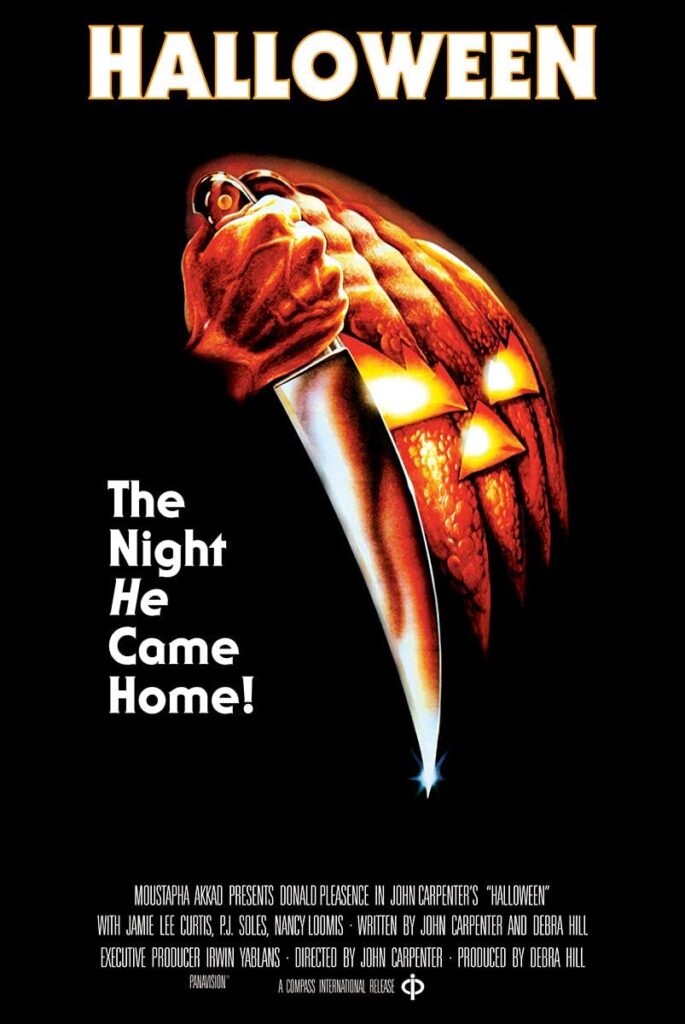
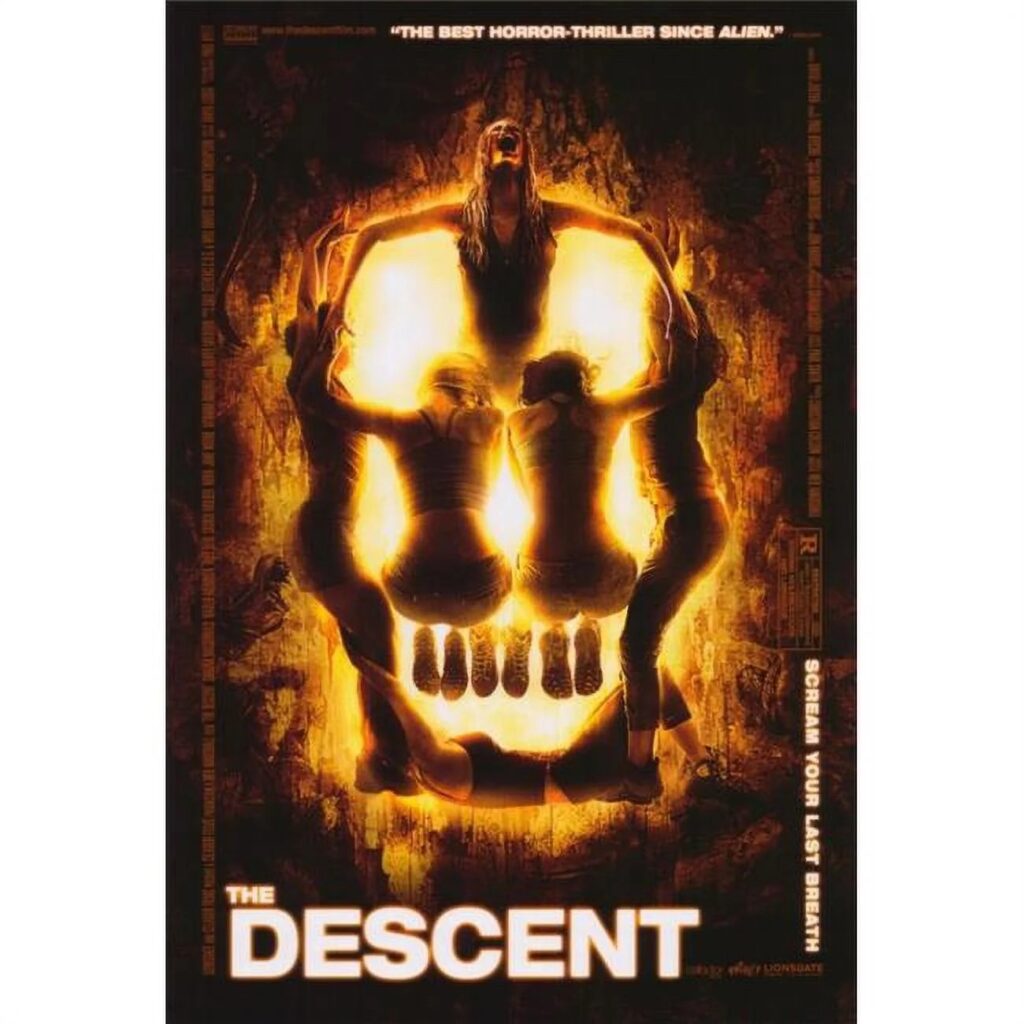
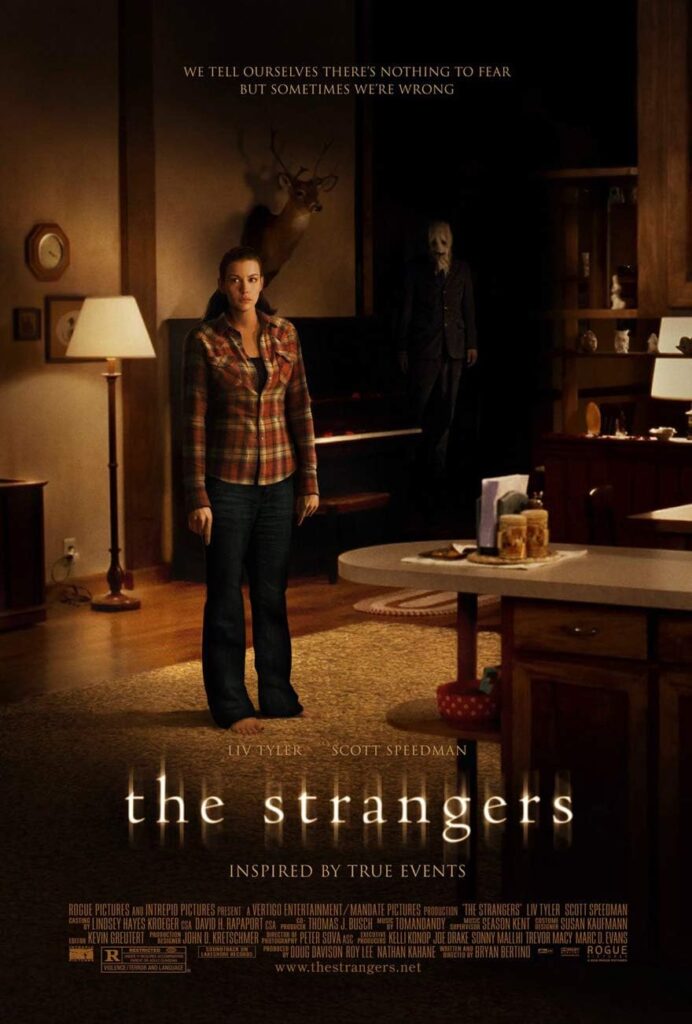
JH: Are there any queer horror creators we should keep our eyes on?
TD: I think Stewart Thorndike and Alice Maio Mackay and are excellent creators to keep your eye on.
Preorder your copy of Queer Horror: A Film Guide from McFarland Books HERE.
